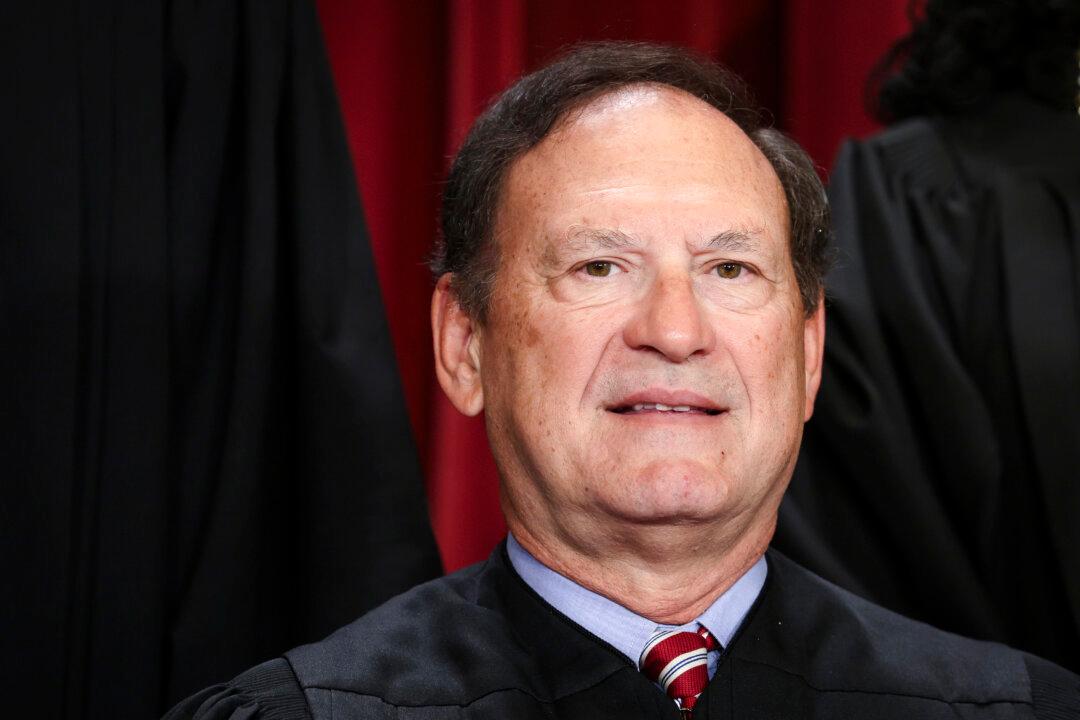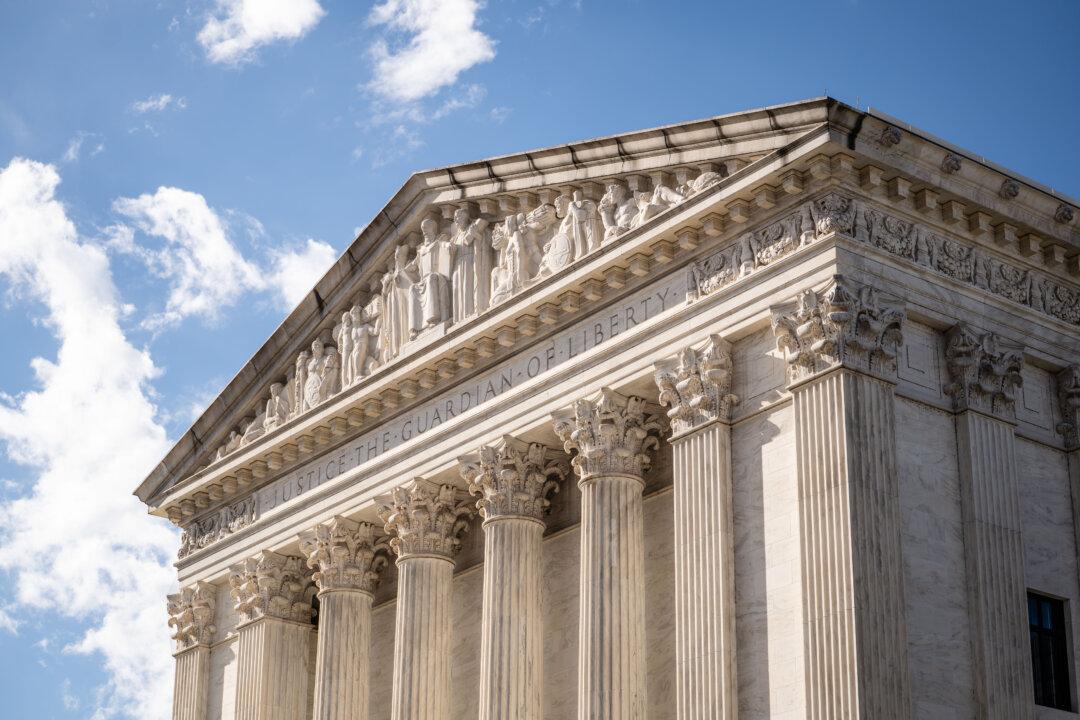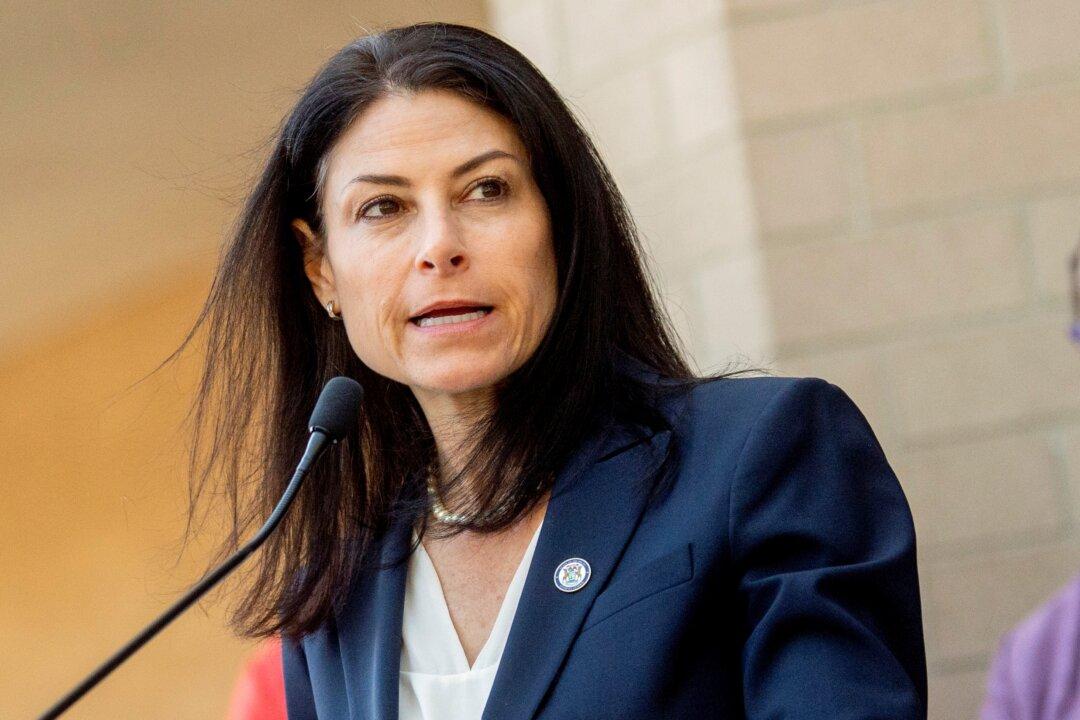Apple Inc.’s App Store holds an unlawful monopoly that harms iPhone owners by forbidding competition in app sales, a lawyer for owners hoping to pursue a class-action lawsuit against the company told the Supreme Court.
During oral arguments Nov. 26, the justices seemed broadly amenable to the idea that the App Store as it is currently organized may run afoul of federal antitrust laws.





